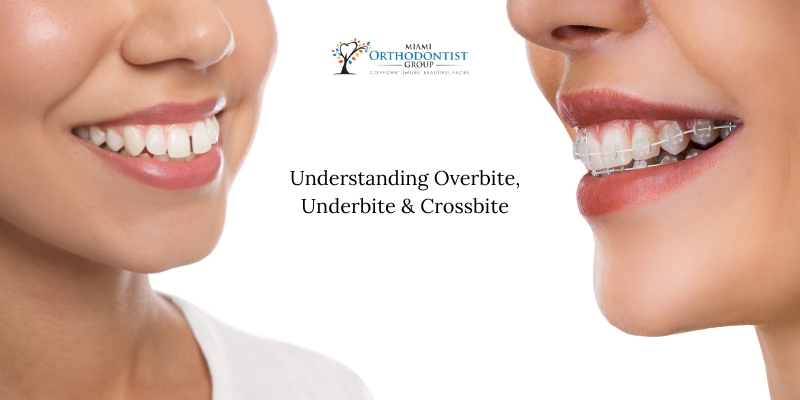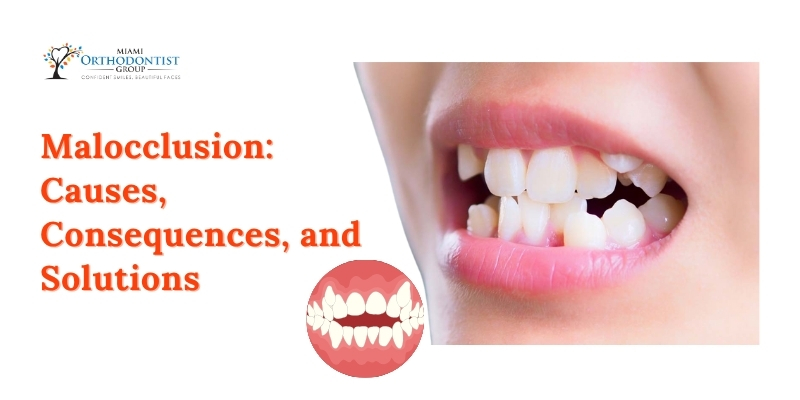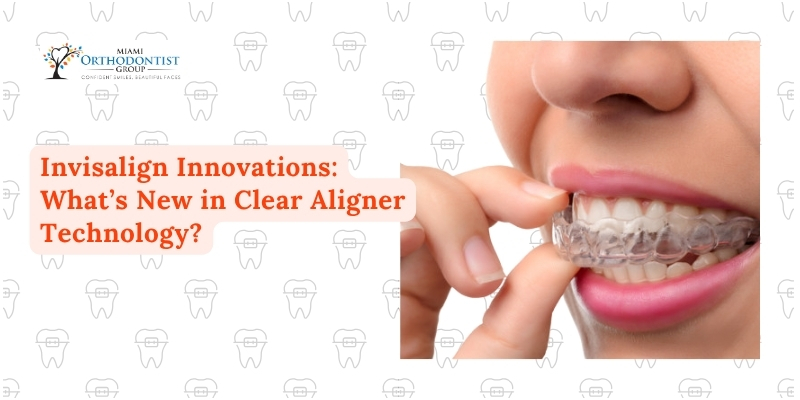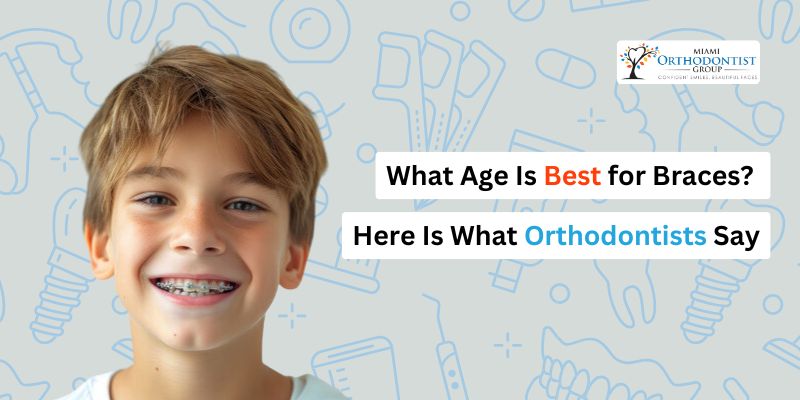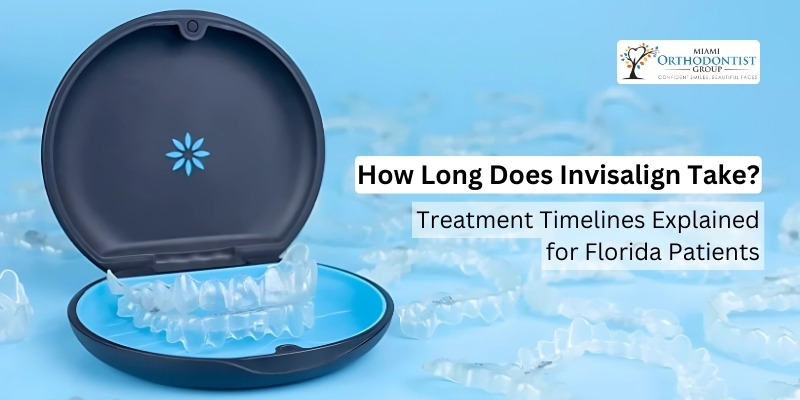
Invisalign Emergencies: What if You Lose or Crack Your Aligners?
You can never be careful enough with your Invisalign tray, mainly because you need to wear it daily. While this orthodontic treatment offers a discreet and convenient way to straighten teeth, the appliance can crack, get lost, or be damaged.


